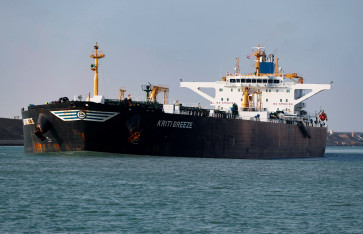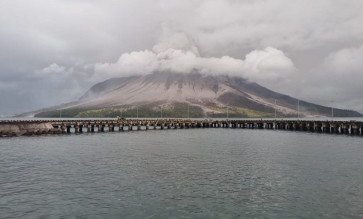Tax breaks for labor-intensive industries
The government may make existing tax allowances applicable to labor-intensive industries in an effort to reach its 2-million-a-year job-creation target, an official with the Investment Coordinating Board (BKPM) said Monday
Change Size

T
he government may make existing tax allowances applicable to labor-intensive industries in an effort to reach its 2-million-a-year job-creation target, an official with the Investment Coordinating Board (BKPM) said Monday.
'We really need the investment in the labor [-intensive] industries, including garment, footwear and furniture. If we don't give [a tax allowance] to them, they [investors] may relocate to other countries,' BKPM deputy chairman Azhar Lubis said after a meeting with industry officials.
In 2012 a tax policy was enacted that slashed taxable income to 30 percent of overall investment realized over six years; sped-up depreciation and amortization; charged an income tax of up to 10 percent for offshore taxpayers; and carried forward losses from five years to 10 years.
However, at the moment the allowance applies to just 129 business sectors, ranging from plantations to real estate.
The Industry Ministry's director general for base manufacturing industries, Harjanto, said the tax allowance should be made more accessible to downstream industries ineligible under the current system. At present, for example, the tax accommodation applies to textile businesses, but excludes the garment industry.
'We may require greater flexibility as our new orientation is to absorb labor,' he said.
The labor-intensive industry covers firms that employ at least 200 workers and whose labor costs account for 15 percent of total production costs; they include manufacturers of food and beverages, tobacco, textiles and garments, leather and leather products, footwear, toys and furniture.
Investment in labor-intensive industries trended upward between 2010 to 2014, rising by between 20 and 40 percent annually, with 1,528 projects realized in 2014 making up 15 percent of total domestic and foreign direct investment. However, industrial growth did not trigger increased labor absorption, which raised concerns among policymakers; in fact the number of workers in the labor-intensive industry tumbled, falling from 337,305 workers in 2011 to 203,732 workers last year.
Harjanto added that in addition to the tax allowance, his office had proposed a restitution of taxes for firms in export-oriented industries to encourage them to use locally sourced raw materials.
Such an incentive would be needed to lure investment in the industrial sector, where Indonesia there is stiff regional competition.









